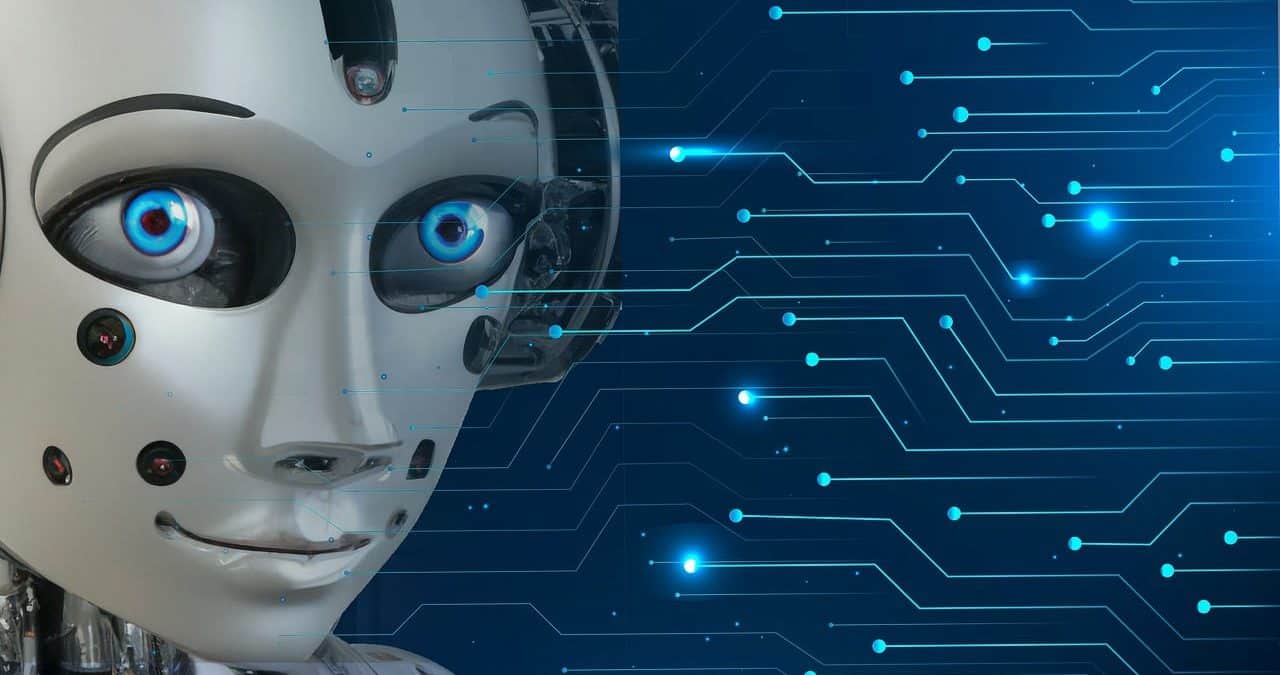
The Google Assistant ( Google Assistant ) is very popular.
A virtual assistant is a computer program designed to automate specific tasks or provide information to users, usually through voice or text. These programs use artificial intelligence (AI) and natural language processing (NLP) to understand user queries and provide a relevant automatic response or take action as needed.
Virtual assistants can be found on a variety of devices, such as smartphones, smart speakers, computers, and others connected to the internet. Its main objective is to facilitate human-computer interaction , providing help efficiently.
Types of virtual assistant
Virtual assistants have become an integral part of our lives, facilitating a wide range of tasks and services. There are several types of virtual assistants, each designed to meet specific needs.
Personal assistants are designed to help users with daily tasks, from sending messages to searching for information online. Chatbots for business and customer service provide automated support to customers, while specific assistants focus on areas such as health, finance or education.
Finally, smart home assistants control connected devices to make our homes more efficient and comfortable. In the following texts, we will explore in detail each of these types of virtual assistants and their role in our modern lives.
Personal assistant
Personal virtual assistants are artificial intelligence programs designed to help users with a variety of tasks, from answering simple questions to controlling smart devices in the home.
Below we provide a brief overview of some of the most popular virtual assistants.
Siri (Apple)
It is built into iOS devices such as iPhone, iPad, and Mac. You can perform tasks such as sending text messages, making calls, setting reminders, performing voice search on the web, and controlling apps using voice commands.
Alexa (Amazon)
Used on Amazon Echo and other compatible devices. It can perform a wide range of tasks, from acting as a voice music player, controlling smart home devices to providing news updates and assisting with online shopping.
Google Assistant
It is available on a variety of devices, including Android phones, Google Home smart speakers, and devices running Chrome OS. You can answer questions, perform online searches, manage your calendar, control smart home devices, and more.
Cortana (Microsoft)
It is built into Windows 10 devices and is also available as a standalone app on mobile devices. It can help with tasks like sending emails, setting reminders, keeping up with the news, and doing Internet searches.
Bixby (Samsung)
It is available on a variety of Samsung devices such as smartphones and televisions. It can perform tasks similar to other virtual assistants, such as sending text messages, making calls, setting reminders and controlling smart devices, in addition to offering features specific to the Korean company, such as integration with native applications.
Business Assistant
The customer service chatbot is an artificial intelligence program designed to interact with customers and resolve queries in an automated manner. It can answer common questions, provide information about products or services, assist in the purchasing process (sales chatbot), and resolve basic problems.
Chatbots for businesses offer an efficient way to provide 24/7 support , improving customer experience and reducing the workload of human staff.
Watson (IBM) is a leading example of a business assistant that uses advanced natural language processing and machine learning technologies to effectively understand and respond to customer queries.

Siri is a virtual assistant that can speed up our tasks from any device in the Apple family.
Task-specific wizards
Task-specific assistants are artificial intelligence programs designed to help users in particular areas of their daily lives.
Calendar Assistant
It helps users manage their schedules, schedule events ( event assistant ), set reminders, and send voice or text notifications about upcoming appointments ( appointment assistant ).
Reminder Assistant
It helps us remember important tasks and dates, and other commitments by scheduling reminders and alerts.
travel assistant
Assists in planning and organizing trips, including finding flights, hotel reservations ( reservation assistant ), car rental and providing information on destinations and activities.
Purchasing assistant
It helps users search for products, compare prices, make online purchases, and track orders.
health assistant
Provides health-related information and advice, such as medication reminders, symptom tracking, and exercise ( exercise assistant ) and nutrition suggestions.

Customer service is more efficient than ever thanks to chatbots.
Smart home assistant
The smart home assistant represents a significant advancement in the convergence of technology and everyday life. Leveraging Internet of Things (IoT) principles, these systems integrate a variety of connected devices to deliver centralized control and a more convenient home experience. IoT devices, such as lights, thermostats, security cameras and home appliances, are interconnected and can be controlled remotely through the assistant.
Voice recognition is a central feature of these assistants, allowing users to interact with their home in a natural way and with a low learning curve. Through simple voice commands, users can control devices, adjust settings, and perform household tasks without the need for physical or complicated interfaces.
The user interface (UI) of a smart home assistant usually comes in the form of a mobile app or an online platform, from where users can configure devices, schedule automations, and monitor the status of their home. This interface provides intuitive, easy-to-use access to all features, allowing for complete customization to individual preferences.
In short, the smart home assistant offers a comprehensive solution to manage and optimize the home environment by integrating IoT devices, voice recognition, and an intuitive user interface. This technology is transforming the way we interact with our homes, providing unprecedented convenience, efficiency and control.
